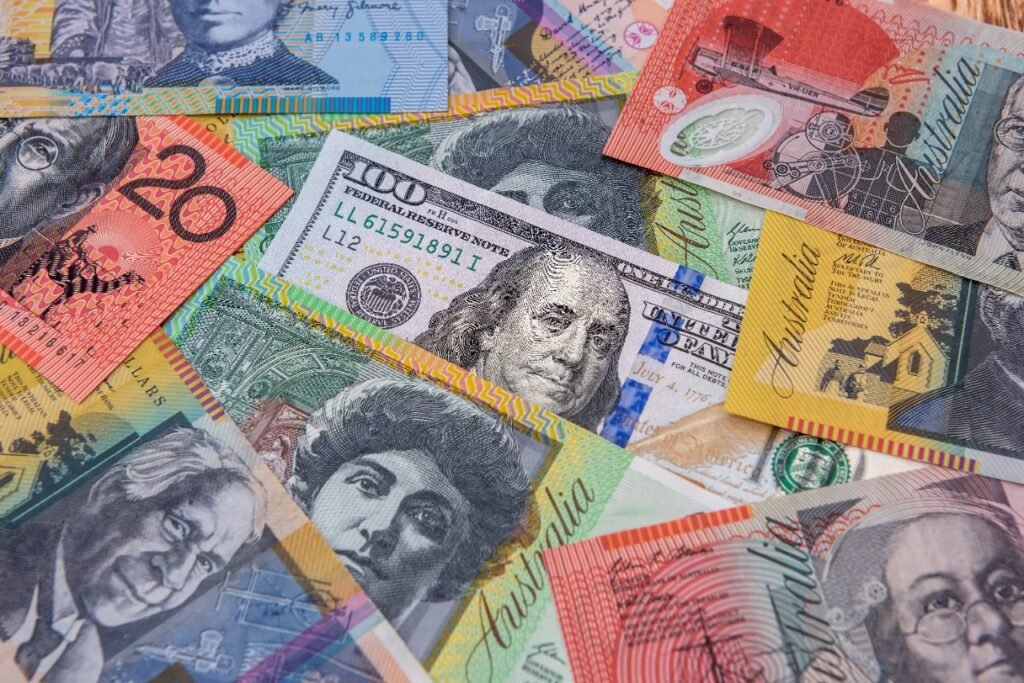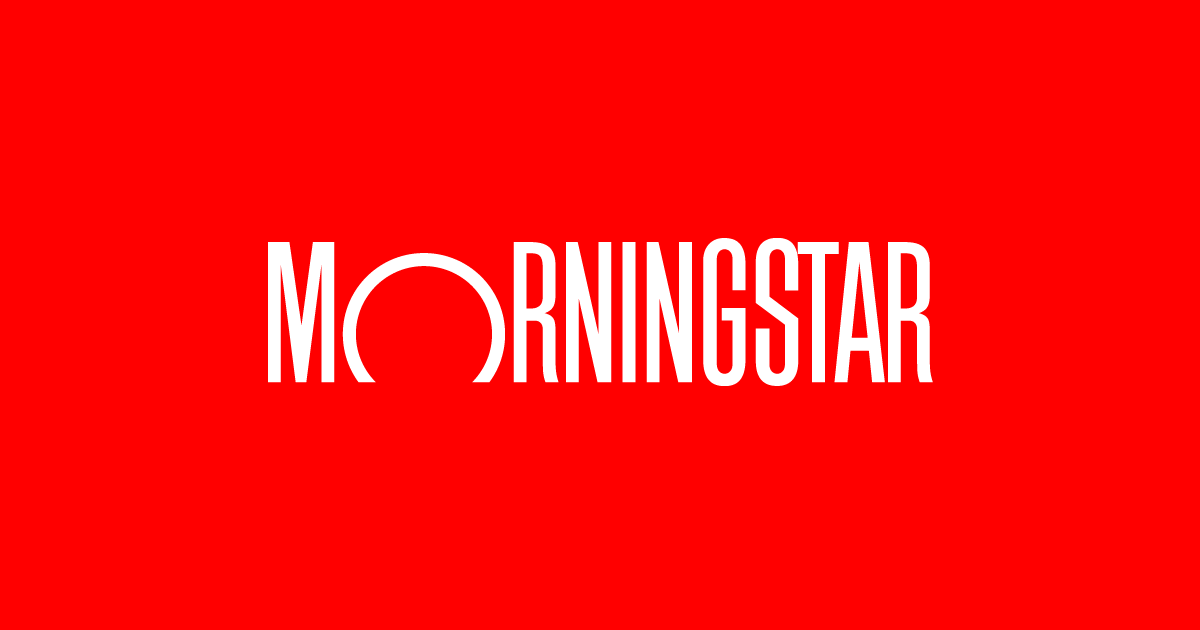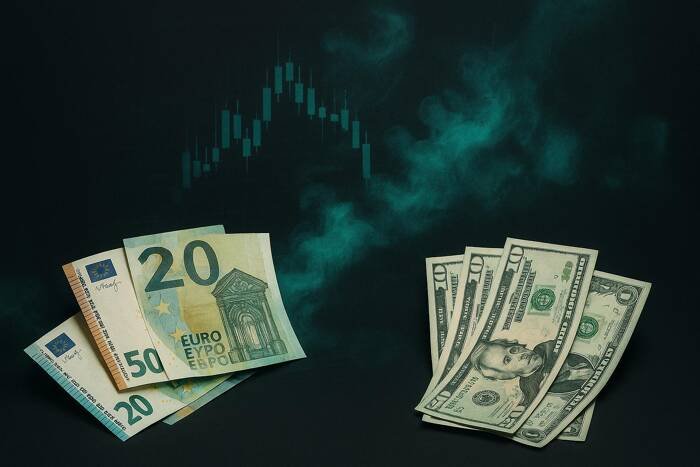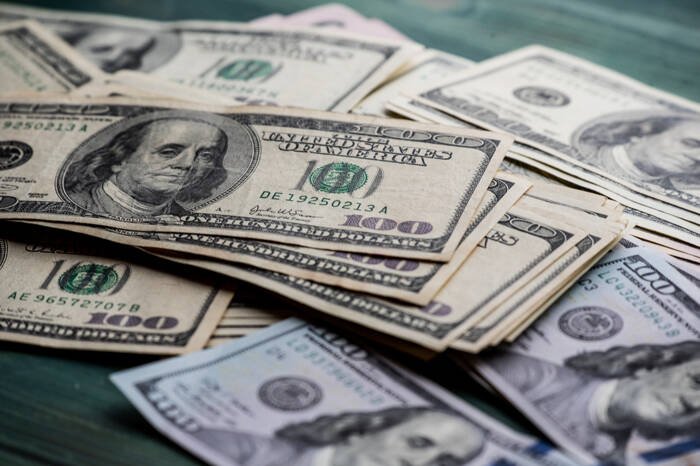Last week, the AUD/USD finished higher at 0.6785 (+0.54%), marking its fifth straight week of gains, as a cooler-than-expected US inflation report heightened expectations that the Fed will cut rates in September. While we don’t think the AUD/USD’s run higher has ended, two recent developments may slow the pace of its ascent.
Trump assassination attempt and its potential impact on the AUD/USD
The assassination attempt on former US President Trump has boosted his re-election prospects. Trump as President would likely mean a continuation of large fiscal deficits, leading to higher inflation and US yields. This scenario, coupled with the likelihood of increased tariffs on China and the threat of a trade war, could bolster the US dollar at the expense of the Australian dollar.
Softer Chinese activity data and its implications for the Australian dollar
The second significant development is today’s Chinese activity data, which was mostly softer than expected. Second quarter (Q2) 2024 GDP rose by 4.7% year-on-year (YoY), below the estimated 5.1%, marking the slowest growth rate since the first quarter (Q1) of 2023.
Retail sales in June rose by 2% YoY, well below the 3.4% expected. Housing prices declined by 4.5% YoY in June, after a 3.9% fall the previous month, marking the 12th consecutive month of declines. The soft housing number is perhaps the most troubling as further deleveraging in the Chinese property market weighs on demand for steel and iron ore.
Australian labour force report
Date: Thursday, 18 July at 11.30am AEST
May saw the Australian economy add 39,000 jobs, marginally stronger than the 30,000 gain the market expected. The unemployment rate eased to 4.0% in May from 4.1% prior, despite a rise in the participation rate to 66.8% from 66.7%.
Bjorn Jarvis, ABS head of labour statistics, said: “In April, we saw more unemployed people than usual waiting to start work. Some of the fall in unemployment and rise in employment in May reflects these people starting or returning to their jobs.”
The May labour force report confirmed that the Australian labour market remains tight; however, a softening in forward indicators and the trend higher in the unemployment rate show that rebalancing in the labour market is underway.
This month, the market expects the economy to add 20,000 jobs in June and for the unemployment rate to remain at 4.0%. The rates market starts this week, pricing in an 18% chance of a 25 basis point (bp) Reserve Bank of Australia rate hike in August.







